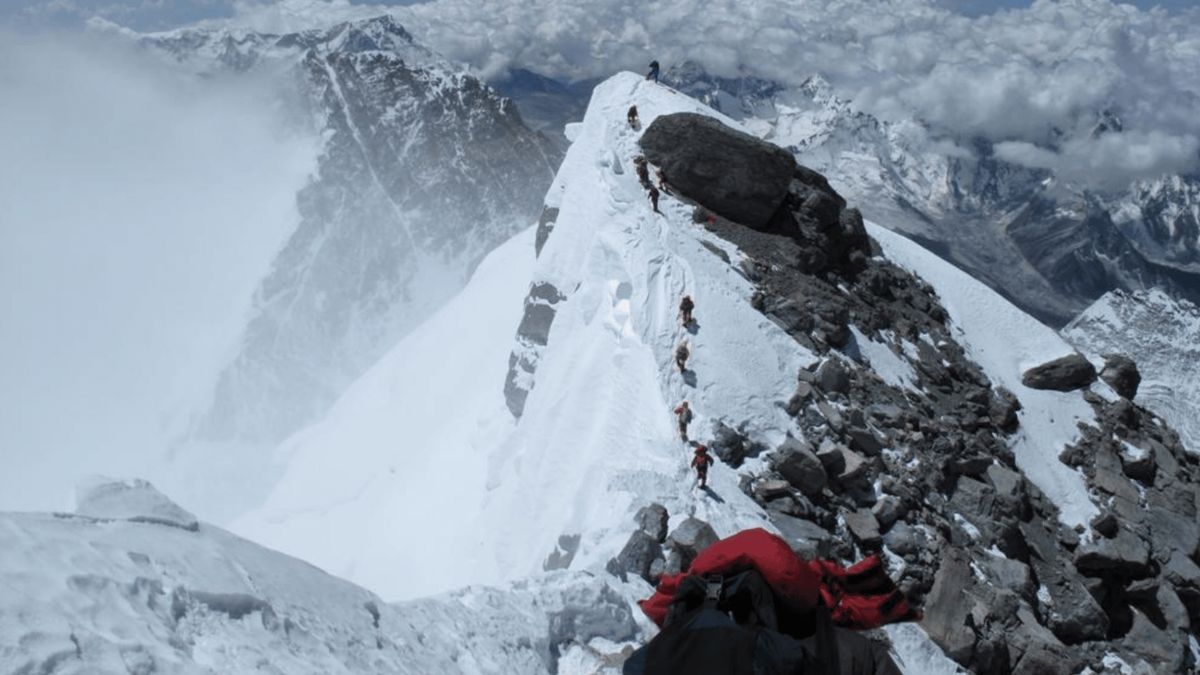There are only 14 places on Earth where you can enter the death zone, places where the oxygen pressure is so low that there’s simply not enough to sustain human life beyond a matter of hours. These places only occur on the world’s 8,000-meter peaks: Shishapangma, Gasherbrum II, Broad Peak, Gasherbrum I, Annapurna I, Nanga Parbat, Manaslu, Dhaulagiri, Cho Oyu, Makalu, Lhotse, Kangchenjunga, K2 and Everest. If you have ambitions to climb above 8,000 meters, you’ll have to grapple with the death zone.
On Shishapagma or Gasherbrum II, your acquaintance with the death zone would be relatively brief, with “only” 27 and 35 meters respectively to contend with. However, to attain the 8,849 meter apex of Everest, there’s a full 849 meters within this rather frightening sounding zone standing between you and summit glory. To put that into context, that’s an elevation gain just 65 meters short of the height of from base to summit.
So, what is the death zone and why is it so dangerous? What can be done to make it a little less deathly? We asked one of our mountaineering experts to delve into the science of extreme high altitude to answer these questions. The lack of oxygen available to the human body at these heights can lead to ( ) and can be potentially fatal. Not only does the body come under great physical stress, but cognitive processes can also become impaired, leading to poor decision making and rash behaviour.
, the compulsion to ascend to the top of a mountain regar.


















